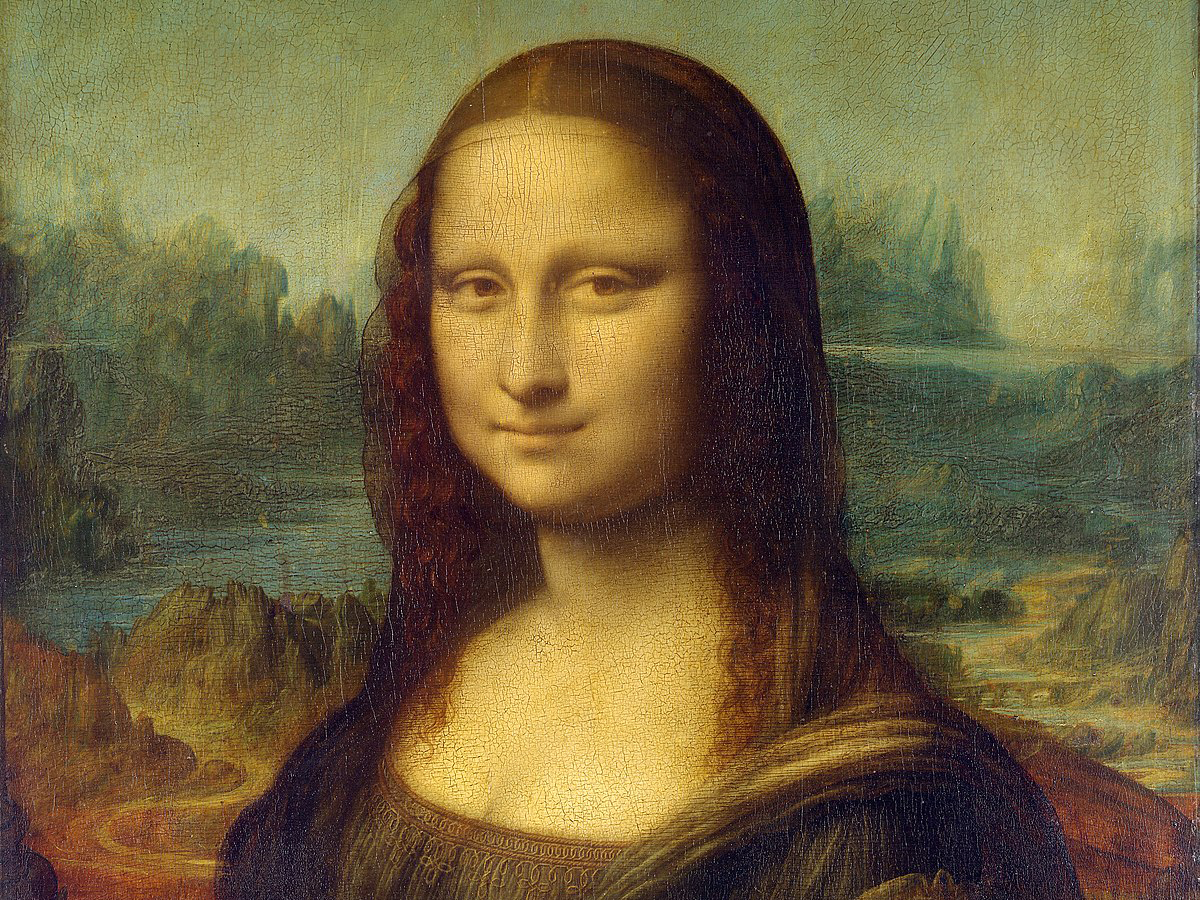When I was 14, I visited the Louvre. The building was bigger than I imagined. Later, I learned that it would’ve taken
200 days to see
35,000 paintings even if I were to spend
30 seconds at each one.
Yet, the only painting that had a small crowd formed around it was the “Mona Lisa.” It was a small portrait of a woman that had seen decades of history unfold but still hung unblemished. Her image was locked behind glass for her own protection. People traveled from across the globe to gawk at her because there’s a secret behind her smile that historians have been trying to understand for decades. What would historians have said about the smile she wore the day he touched her?
In a small room with a glass screen, he rubbed his hand on her leg like it was the most natural thing in the world. The earth quivered beneath their feet as she pushed him away, but he only scooted closer. His hands came down again, and they continued this game with her voice too occupied talking about history to form the two-letter word she wanted to scream. Finally, he put his hand on her thigh again, and she let it sit there.
Flakes of paint brushed off her lips as he applied a fresh coat. A thin layer of oil encased her body in watery blue as she allowed herself to be captured, too tired to fight. The boy continued the study session with a plain portrait, and he didn’t seem to notice the girl’s absence. The art was all that mattered in the end.
“The Young Martyr” is no one’s “Mona Lisa.” So no one stopped to stare at her smile.








